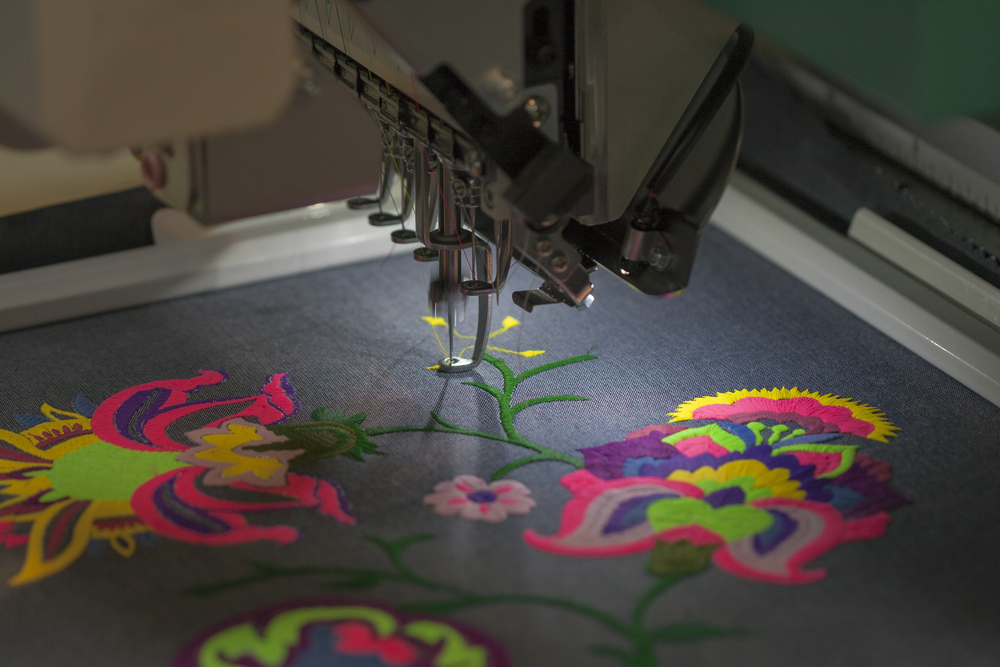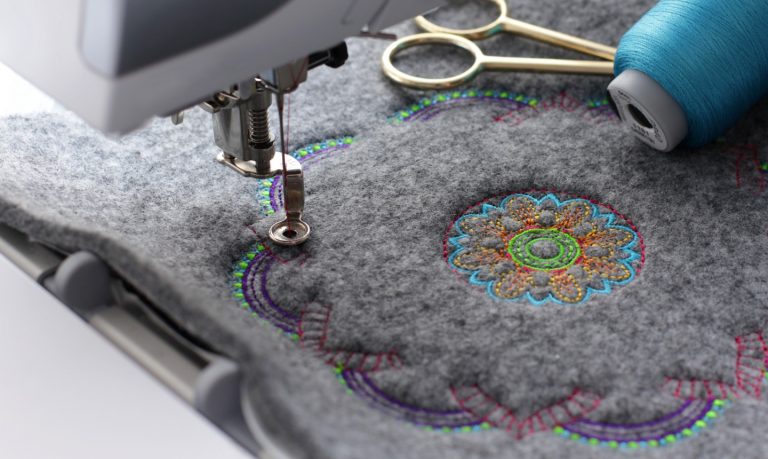Simplifying the Art of Embroidery Digitizing: Step-by-Step Guide
As technology proceeds to breakthrough, the digitization procedure has actually become a lot more accessible, allowing fanatics to bring their detailed layouts to life with ease. In this overview, we will certainly unravel the intricacies of embroidery digitizing, damaging down each step systematically to simplify the process and encourage both novices and seasoned embroiderers alike.
Recognizing Embroidery Digitizing Software
Embroidery digitizing software program offers as a critical device for transforming detailed layouts right into electronic styles compatible with needlework makers, facilitating precise sewing and customization. This specialized software permits users to import various image data layouts, such as JPG or PNG, and transform them into embroidery machine-readable styles like DST, EXP, or PES - Digitizing for Embroidery. By making use of features like stitch modifying, padding alternatives, and thread color choice, digitizing software allows customers to manage every facet of the design procedure
Additionally, progressed needlework digitizing software provides tools for developing intricate layouts, adjusting stitch thickness, and incorporating intricate information. Individuals can additionally preview the design before stitching it out, making certain accuracy and decreasing mistakes. In addition, numerous software programs supply automatic attributes that help simplify the digitizing procedure, conserving time and initiative.
Comprehending the capabilities of embroidery digitizing software is crucial for attaining top notch outcomes in needlework jobs. By grasping this device, needlework enthusiasts and experts can unleash their creative thinking and bring complex layouts to life with accuracy and performance.

Picking the Right Design Documents
After familiarizing on your own with the capacities of needlework digitizing software application, the following vital action in the process is choosing the right style apply for your project. Digitizing for Embroidery. When choosing a design apply for needlework digitizing, it's vital to think about the intricacy of the design, the size of the end product, and the sort of material you will certainly be dealing with
For complex layouts with fine details, a high-resolution picture or vector file is recommended to ensure that the needlework maker can precisely recreate the design. In addition, the dimension of the final item plays a substantial function in choosing the best style file. Larger layouts might need higher resolution documents to keep clarity and sharpness.
Moreover, the kind of material you will be embroidering on influences the choice of layout data. Various materials may require modifications in the design documents to ensure that the stitches are properly aligned and the style shows up as intended. By very carefully picking the right design data based upon these factors, you can set yourself up for an effective needlework digitizing procedure.
Digitizing Tools and Methods
Using specialized software and precision strategies, digitizing tools are here are the findings essential in transforming detailed styles into embroidery-ready documents. Embroidery digitizing software, such as Wilcom, Hatch, or Embrilliance, provides the needed platform to transform artwork right into stitch data. These programs provide features like stitch editing and enhancing, rug options, and text tools to make sure the design equates perfectly onto textile.
Among the key methods in digitizing is developing a clear path for the needlework device to follow. This includes digitizing each component of the design with precision, figuring out stitch types, thickness, and instructions. By utilizing tools like digitizing tablet computers or software-specific plugins, embroiderers can attain a high degree of precision in their digitized layouts.
Furthermore, grasping the art of rug stitching is essential for generating top quality embroidery. Underlay sewing supports the textile and produces a structure for the design, making sure click here for more info that the end product is both visually attractive and durable. By recognizing these digitizing tools and methods, embroiderers can raise their craft and bring detailed styles to life with accuracy and effectiveness.
Tailoring Stitch Kinds and Instructions
Having developed a structure in digitizing devices and methods, a crucial facet beforehand embroidery craftsmanship depends on tailoring stitch kinds and directions with accuracy and purpose. The selection of stitch kinds can dramatically affect the total appearance and appearance of the embroidered layout. Satin stitches, known for their smooth and shiny finish, job well for developing borders and text. On the various other hand, fill stitches are perfect for covering larger locations efficiently. By purposefully integrating these stitch kinds, embroiderers can attain depth and dimension in their layouts.
Furthermore, the instructions of stitches plays a crucial duty in enhancing the aesthetic charm of the final needlework. Varying stitch directions can add appearance, emphasize particular elements, and develop aesthetic passion. Altering the angle of stitches can mimic activity or natural patterns like fur or plumes. By exploring with different stitch angles and patterns, embroiderers can bring their designs to life with remarkable detail and ins and out. Mastering the art of personalizing stitch types and instructions equips embroiderers to unleash their creative thinking and boost the top quality of their work.
Testing and Refining Your Digitized Layout
To guarantee the precision and quality of your digitized style, thorough testing and improvement are vital action in the embroidery digitizing process. As soon as you have finished the digitization of your design, it is essential to examine it before proceeding with the real embroidery. Evaluating allows you to recognize any kind of possible problems such as string breaks, sew density troubles, or layout distortions that may influence the result.

After screening, it is very important to improve your digitized style based on the feedback from the examination sew-out. This might involve tweaking stitch setups, readjusting densities, or making changes to the total style to attain the desired end result. By repeating via testing and improvement, you can tweak your digitized design to excellence before progressing with visit this site right here the real embroidery procedure.
Final Thought
Finally, understanding the art of embroidery digitizing requires a complete understanding of the software application, selecting the appropriate layout file, utilizing digitizing devices and methods, personalizing stitch kinds and directions, and screening and improving the digitized style. By following these actions, embroiderers can streamline the digitizing procedure and produce premium embroidered designs with accuracy and effectiveness.